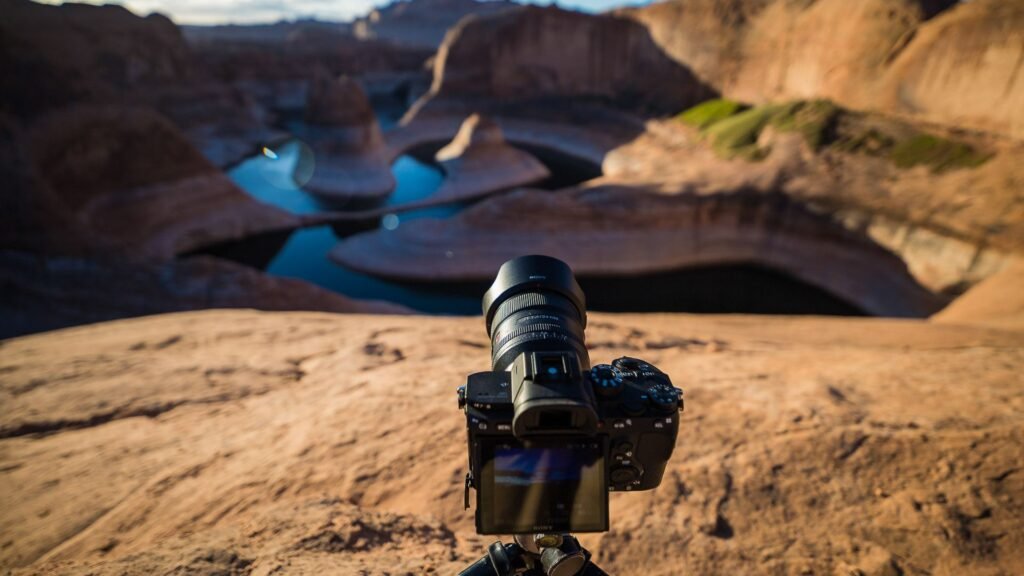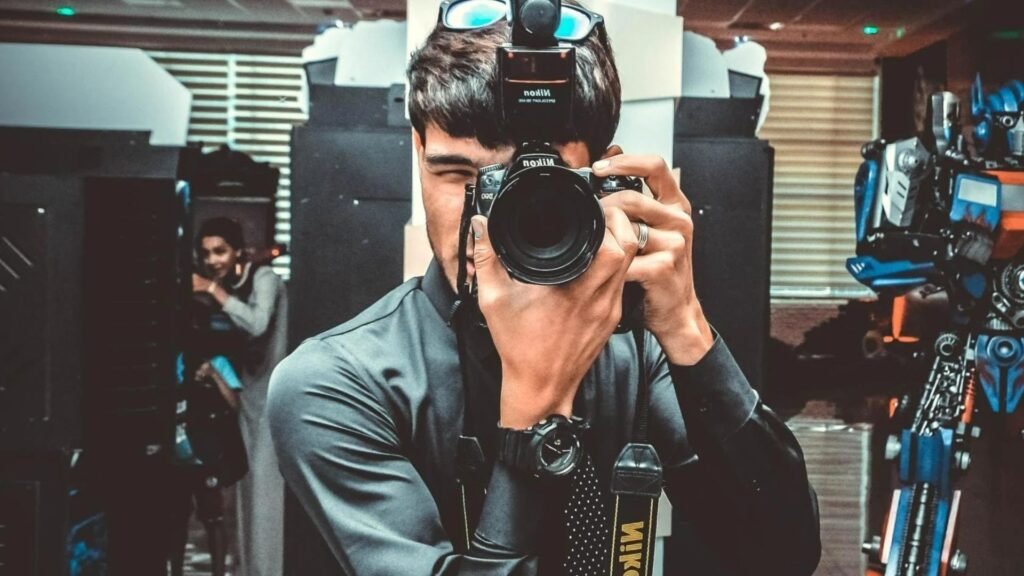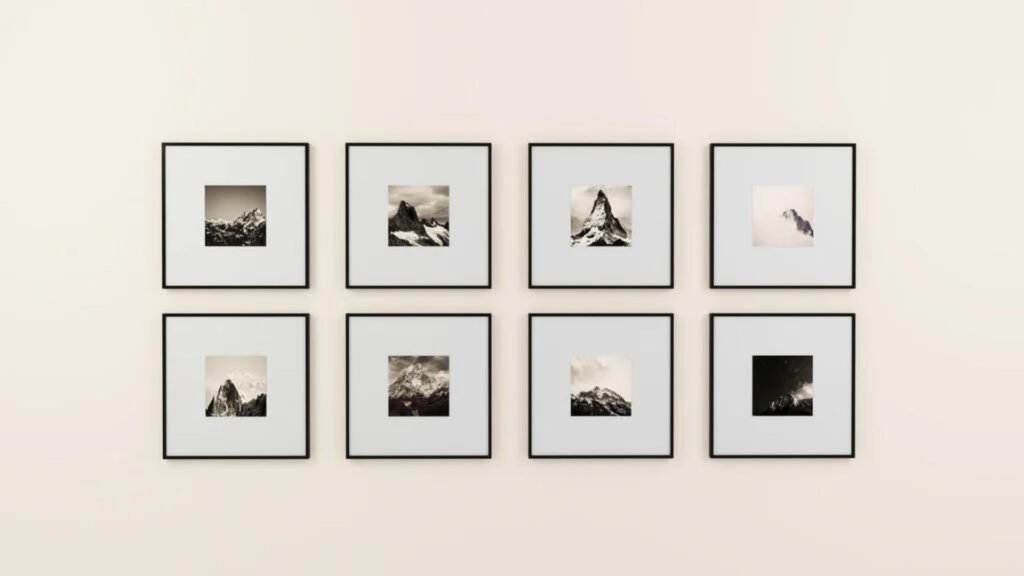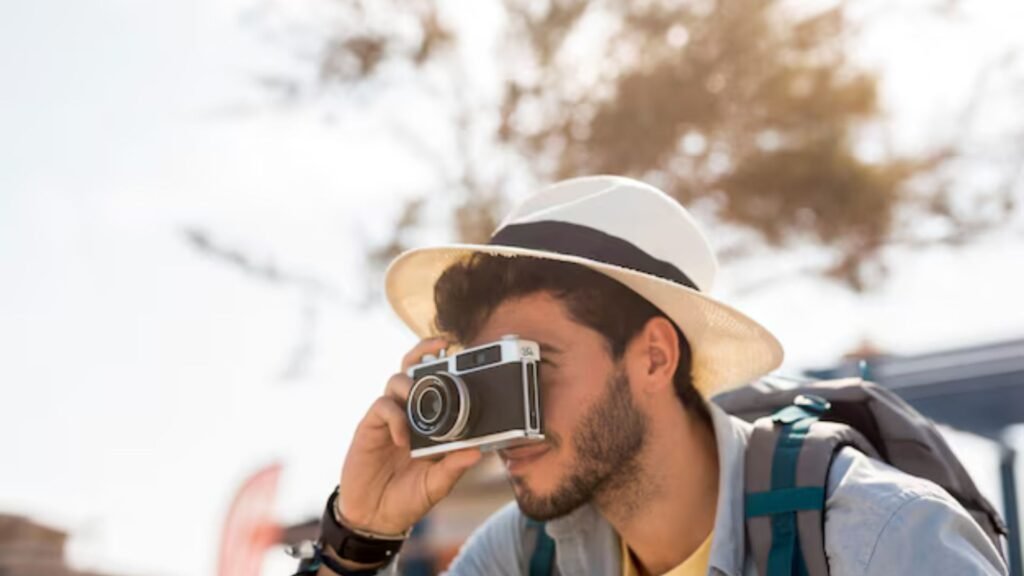Jul 2, 2024
Tips for Choosing the Best Lens for Landscape Photography
Landscape photography captures the beauty and vastness of nature, from majestic mountains to serene seascapes. Choosing the right lens is crucial for achieving breathtaking landscape images. In this guide, we’ll explore essential tips to help you select the best lens for landscape photography, considering factors like focal length, aperture, and lens type.

Understanding Landscape Photography Needs
Landscape photography requires lenses that can capture wide angles, details, and depth of field to emphasize the vastness and beauty of natural scenes.
Key Considerations for Choosing a Lens
- Focal LengthOpt for wide-angle lenses (typically 14-35mm for full-frame cameras) to capture expansive landscapes. These lenses provide a broad field of view, ideal for including foreground elements and distant scenery in a single frame.
- ApertureChoose lenses with a wide maximum aperture (f/2.8 or lower) to maximize light intake, enabling sharper images in low-light conditions and greater control over depth of field. This is crucial for emphasizing subjects against blurred backgrounds.
- Lens TypeConsider prime lenses for their sharpness and wider apertures, which are excellent for landscape details. Zoom lenses offer versatility, allowing you to adjust focal length without changing lenses, making them suitable for various landscape compositions.
- Image Quality and SharpnessPrioritize lenses known for superior optical quality and sharpness across the frame. Look for lenses with special coatings to reduce flare and ghosting, ensuring clear, high-contrast images.
Best Lenses for Landscape Photography
Canon EF 16-35mm f/2.8L III USM
The Canon EF 16-35mm f/2.8L III USM is renowned for its wide-angle coverage and excellent sharpness, making it a favorite among landscape photographers. Its fast aperture ensures superior low-light performance and beautiful bokeh for foreground-background separation.
Nikon AF-S Nikkor 14-24mm f/2.8G ED
Nikon’s AF-S Nikkor 14-24mm f/2.8G ED is prized for its ultra-wide-angle perspective and exceptional optical quality. With a robust build and fast aperture, it delivers stunning landscape images with minimal distortion and impressive clarity.
Sony FE 16-35mm f/2.8 GM
The Sony FE 16-35mm f/2.8 GM combines a wide focal range with a fast aperture, making it perfect for capturing expansive landscapes with Sony’s mirrorless cameras. It offers outstanding sharpness and corner-to-corner clarity, essential for professional landscape photography.
Tamron 17-28mm f/2.8 Di III RXD
Tamron’s 17-28mm f/2.8 Di III RXD is a versatile and compact lens designed for Sony E-mount cameras. It provides excellent sharpness, fast autofocus, and a wide aperture, making it an excellent choice for landscape photographers looking for quality and affordability.
Conclusion
Choosing the best lens for landscape photography involves considering factors like focal length, aperture, lens type, and image quality. The Canon EF 16-35mm f/2.8L III USM, Nikon AF-S Nikkor 14-24mm f/2.8G ED, Sony FE 16-35mm f/2.8 GM, and Tamron 17-28mm f/2.8 Di III RXD are among the top choices in 2024 for their exceptional features and performance in capturing stunning landscapes. Evaluate your photography style, budget, and specific needs to find the lens that best suits your landscape photography aspirations.
This blog post provides essential guidance on selecting the best lens for landscape photography, focusing on key features and recommended models to enhance your photographic skills and capture the beauty of nature effectively.
More Details








